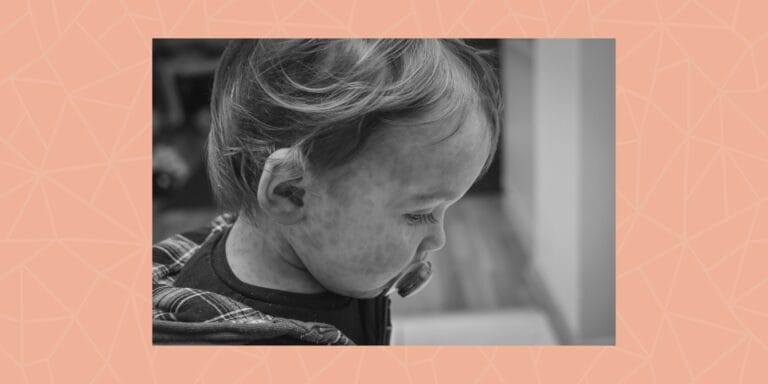New guidelines for infants with fevers: Here’s what parents need to know

The American Academy of Pediatrics just published the first official guidelines to help doctors determine whether to keep an infant in the hospital or monitor them at home.
When your baby has a fever, it’s hard not to find yourself in a spiral of worry and anxiety, lost down a rabbit hole of Google results as you try to figure out what to do next.
But now, a new set of guidelines released by the American Academy of Pediatrics will help doctors work alongside parents to determine the best course of action for very young infants with fevers.
This is the first standardization of guidelines for a very specific age group of babies: infants between the ages of 8 days (just over 1 week) and 60 days (2 months).
For decades, no official guidelines have existed to help doctors decide how to treat very young babies presenting with a fever. This means that if you previously brought your 1-month-old baby to the emergency room with a fever, some doctors might simply keep your little one under close observation for a few hours, while others would opt for a hospital stay of up to five days and lots of diagnostic testing, such as a lumbar puncture to test for bacterial infection—a highly invasive procedure.
“Most of these infants never get a fever, but when one does it can be pretty scary,” says Dr. Sean O’Leary, a co-author of the guidelines, vice chair of the Committee on Infectious Diseases for the American Academy of Pediatrics, and a professor of pediatrics at the University of Colorado, Anschutz Medical Campus in Today.
The primary fear with infant fevers is that babies under 60 days have brand new, untested, weak immune systems. “A little fever could be the sign of a bad bacterial infection, such as bacteria in the blood, meningitis or a urinary tract infection,” notes Dr. Eric Biondi, associate professor of pediatrics at the Johns Hopkins School of Medicine and director of pediatric hospital medicine at the Johns Hopkins Children’s Center in Baltimore in Today. “For a long time, because of that, we’ve probably been overdiagnosing, over-treating, over lumbar puncturing and over hospitalizing.”
The new guidelines published in the journal Pediatrics outline three different age-based algorithms, which can help doctors determine if infants with a fever of more than 100.4 degrees Fahrenheit should be admitted to the hospital. The guidelines are specific to infants who have a fever but otherwise appear well—and offer specific decision trees for physicians to use and highlight specific tests and procedures based on whether the child’s age is 8 to 21 days, 22 to 28 days or 29 to 60 days.
It’s also important to note that the guidelines specifically state that, “when appropriate, parents’ values and preferences should be incorporated as part of shared decision-making,” which clearly encourages collaboration and discussion between care providers and parents. AAP also recommends that, at minimum, families should be provided with the risks and benefits of all procedures, as well as an opportunity for questions and dialogue between the family and the infant’s care team.
Here’s what to do if your baby has a fever:
- If your baby is younger than 60 days and spikes a fever of 100.4 degrees Fahrenheit or higher, head to the emergency room.
- For babies older than 60 days, parents are able to monitor the fever at home for a day before seeking medical treatment, but be sure to call your child’s pediatrician for specific medical advice.

































